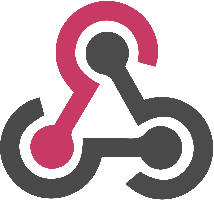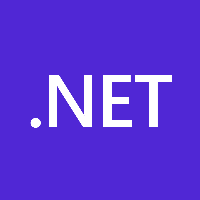🗓️ Live Webinar November 9: How HealthMatch.io Used Customer.io and RudderStack to Launch Their New Business Model in 24 Hours
Webhooks Integration
Webhooks allow you to send the events generated via the RudderStack SDK to your own backend. It is useful in cases where you want to apply some custom logic on the event payload before sending it to your preferred destination platforms. Once webhooks are enabled as a destination in your dashboard, RudderStack forwards the SDK events to your configured webhook endpoint.
You can now configure your preferred webhook endpoints as a destination in RudderStack. You can enable the Webhook integration on the RudderStack dashboard. After this, RudderStack will automatically start forwarding your event data to the configured webhook. This way, you can send the events generated via RudderStack to your backend without any hassle in real-time.
By Adding Webhooks Support for RudderStack, you can:
- Track, collect and send your event data to the desired destination in real-time.
- Apply custom logic on the payload before sending it to the destination platforms of your choice.
- Capture unique user information, along with the associated properties and traits. You can then forward this data to the webhook endpoints.
- Record page views along with the other necessary details about the payload.
- Check for any delivery failures for the events that RudderStack sends to the webhook endpoint.
RudderStack Webhooks Documentation
Refer to our step-by-step guide and start using Webhooks today
About Webhooks
Simply put, Webhooks are HTTP callbacks that are defined by the user. It lets your application know whenever an event happens in real-time. Webhooks work on a unique concept called event reaction. Instead of a client-side application polling a server-side app, a webhook – essentially a URL endpoint – allows the server-side app to notify the client-side app whenever an event has occurred.
You can also set up your webhooks to verify that the payload requests are generated by an authenticated service, and not a third-party service pretending to be you. This way, you can protect the customer’s sensitive information.
If getting real-time data to your application is your end goal, using webhooks are a great way to ensure instant, reliable communication.
This site uses cookies to improve your experience. If you want to learn more about cookies and why we use them, visit our cookie policy. We’ll assume you’re ok with this, but you can opt-out if you wish Cookie Settings.


